9 Best Sources of Iodine in Foods To Make Sure Enough Iodine
Iodine is regarded as a necessary mineral for our bodies. Taking adequate iodine in your diet can assist enhance your metabolism, cognitive health, and hormone levels.
Nevertheless, since our bodies cannot create iodine on their own, it is considered an essential micronutrient. As a result, you should always ensure that you are getting enough iodine.
And the best sources of iodine in foods listed below can help you meet your iodine requirements.
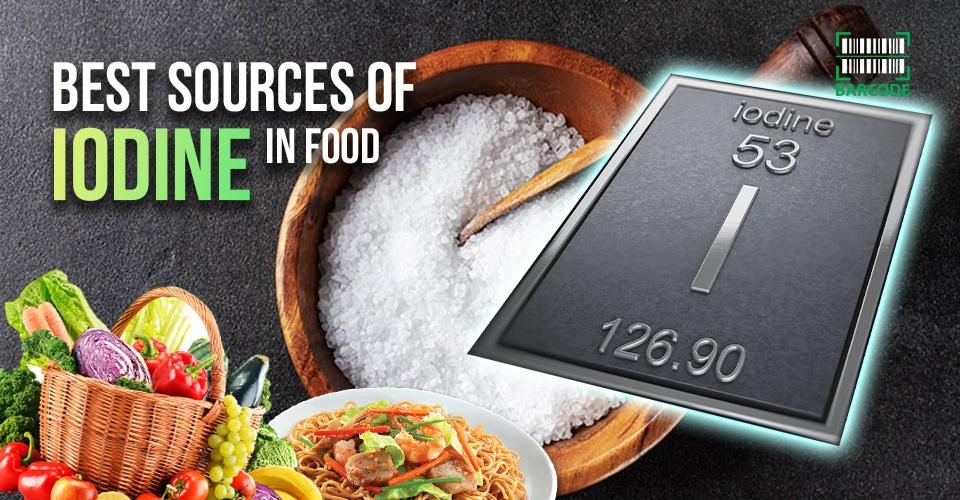
A guide on iodine sources food
What Is Iodine and What Does It Do?
Iodine is known as an essential trace mineral that the body cannot produce, thus it must be received through food or supplements.
It is required by the body to produce thyroid hormones, which help regulate the body's metabolism and a variety of other vital processes.
Thyroid hormones are additionally needed by the body for appropriate brain and bone development during pregnancy and infancy.
Is iodized salt good for you? Of course, yes. Without sufficient amounts of iodine, these thyroid hormones may not function effectively and can cause an underactive or hyperactive thyroid gland.
It then results in the medical illnesses of hypothyroidism and hyperthyroidism, which have a variety of harmful side effects on the body.
So having enough iodine is critical for everyone, especially newborns and pregnant women.
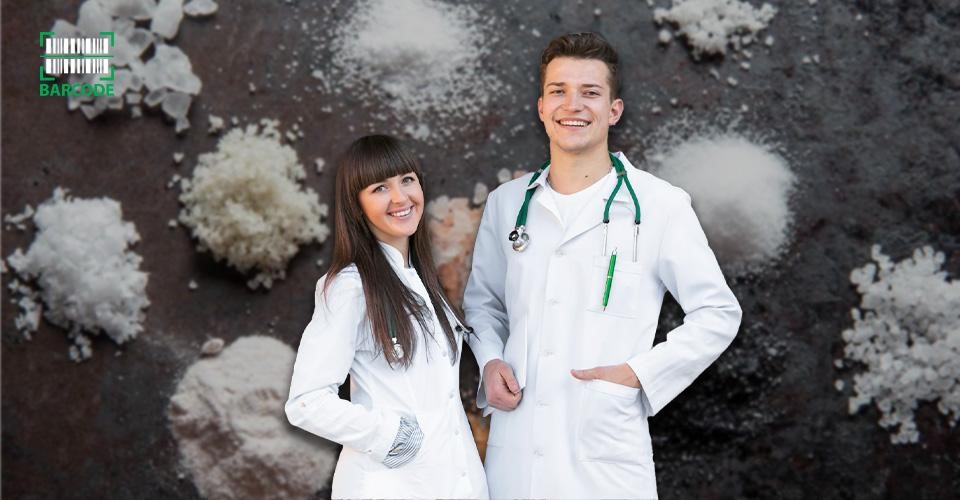
Iodine is crucial to our health
How Much Iodine Do I Need?
The suggested daily allowance for iodine in adult men and women is 150 mcg, according to the National Institutes of Health (NIH). One teaspoon of iodized salt has 250 mcg in the United States and Canada.
It is crucial to note that the iodine requirement for pregnant women is much greater, at 220 mcg.
The current recommended dietary allowances for Iodine are listed in the table below.
The Food and Nutrition Board also set an adequate intake for iodine for infants aged birth to 12 months that is equivalent to the mean iodine intake in healthy, breastfed newborns in the United States.
|
Age |
Male |
Female |
Pregnancy |
Lactation |
|
Birth to 6 months |
110 mcg |
110 mcg |
||
|
7-12 months |
130 mcg |
130 mcg |
||
|
1-3 years |
90 mcg |
90 mcg |
||
|
4-8 years |
90 mcg |
90 mcg |
||
|
9-13 years |
120 mcg |
120 mcg |
||
|
14-18 years |
150 mcg |
150 mcg |
220 mcg |
290 mcg |
|
19+ years |
150 mcg |
150 mcg |
220 mcg |
290 mcg |
On the other hand, the World Health Organization (WHO), the International Council for the Control of Iodine Deficiency Disorders (ICCIDD), and the United Nations Children's Fund (UNICEF) recommend a slightly greater iodine intake of 250 mcg per day for pregnant women.
Best Sources of Iodine In Foods
What foods have iodine? Iodine can be found naturally in certain foods and is also included in "iodized" salt. You can acquire enough iodine by consuming a range of foods, including the following:
Seaweed
Seaweed is one of the natural sources of dietary iodine that provides approximately 232 mcg of naturally occurring iodine per serving.
That's greater than the recommended daily intake of 150 mcg for men and non-pregnant women.
The ability of seaweed to take in concentrated iodine from the ocean accounts for its high iodine concentration.
Yet, the amount varies greatly depending on the type of seaweed, the region where it grew, and how it was prepared.
Wakame, kombu kelp, and nori are three prominent seaweed kinds.
Wakame
It is a brown seaweed with a slightly sweet flavor.
According to one study, the average quantity of iodine detected in wakame seaweed from throughout the world was 66 mcg per gram or 44% of the daily required intake.
Kombu Kelp

Kombu kelp is the highest sources of iodine among seaweed
It is a brown seaweed that can be purchased dry or as a fine powder.
When compared to other seaweed species, Kombu kelp is the best iodine sources with up to 2,984 mcg of iodine per seaweed sheet (1 gram). This amounts to about 2,000% of the recommended daily dose.
Nori
Iodine containing vegetables is red seaweed. It is known as nori, which contains substantially less iodine than brown seaweeds.
The iodine concentration of nori ranges from 16 to 43 mcg per gram, or around 11-29% of the daily requirement.
Dairy products
Dairy products are also good sources of iodine in your diet, particularly in America.
Milk
The iodine level of milk and dairy varies substantially depending on the iodine concentration of cattle feed and the application of iodine-containing disinfectants during milking.
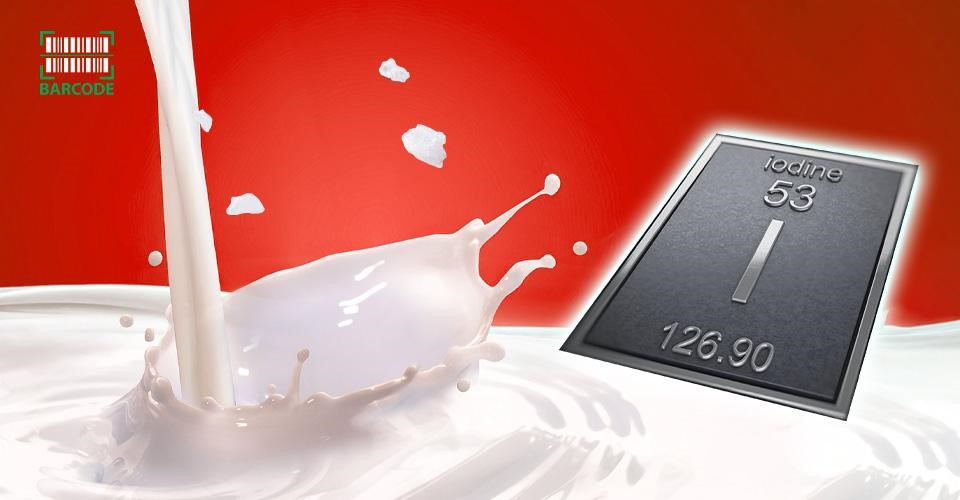
Milk also contains iodine
A comprehensive study determined the iodine content of 18 various brands of milk available in the Boston area.
It discovered that all 18 brands contained at least 88 mcg of milk per cup (8 ounces). One cup of certain kinds had up to 168 mcg.
According to these findings, one cup of milk can supply 59-112% of the needed daily quantity of iodine.
Yogurt
It is a rich dairy source of iodine as well. One cup of plain Greek yogurt contains up to 116 mcg of iodine.
Cheese
Cheese has 37.5 mcg of iodine per 100 g on average. However, the precise quantity of iodine in cheese varies in kind.
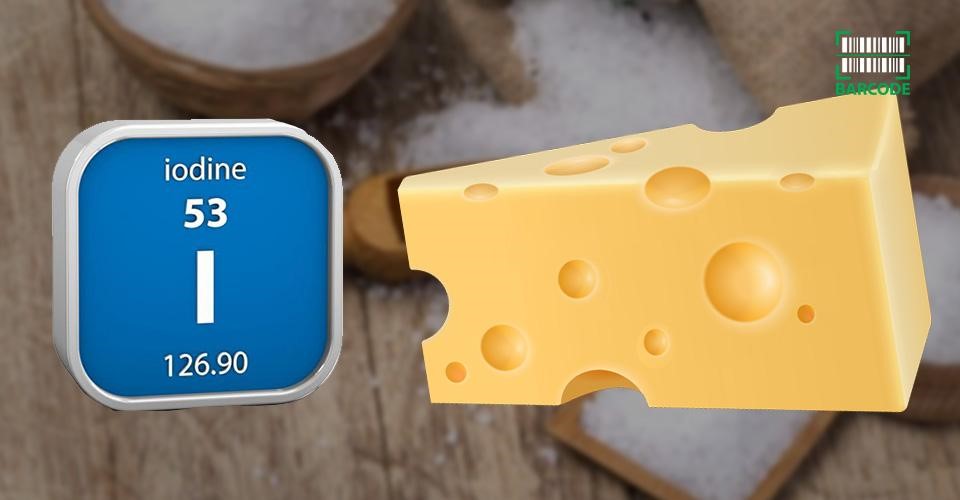
One of the iodine sources in food is cheese
For example, cottage cheese is an excellent source of iodine. One cup of cottage cheese contains 65 mcg, while one ounce of cheddar cheese contains approximately 12 mcg.
Bread
If the manufacturer has not employed calcium iodate or potassium iodate as a dough conditioner, most commercially produced bread has relatively little iodine.
Dough conditioners are included as an ingredient on product labels but are not obliged to include iodine on the Nutrition Facts label, despite the fact that these conditioners deliver a significant amount of iodine.
According to USDA Branded Food Products Database data from 2019, iodate was mentioned on around 20% of ingredient labels for whole-wheat bread, white bread, hamburger buns, and hot dog buns.
Cod
Seafood is among the best iodine sources in food in general. Cod, on the other hand, is particularly high in this vital mineral.
It is known as a multipurpose white fish with a delicate texture and mild flavor. It is minimal in fat and calories while providing a wide range of minerals and nutrients, especially iodine.
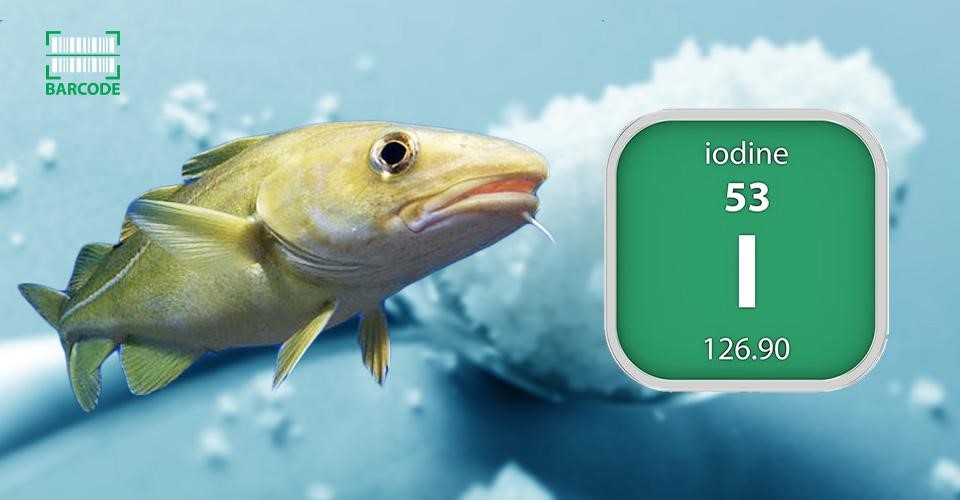
One of the best iodine sources is cod
One serving of cod, or 3 ounces (oz. ), contains around 158 mcg of iodine, which meets the recommended daily intake for most people.
Importantly, researchers discovered that the amount of iodine cod contained is determined by the body of water in which the fish resides.
Fish from the Norwegian Sea, for instance, had higher levels of iodine than Atlantic fish from the North Sea.
Fruits
Other sources of iodine are fruits.
Most fruits and vegetables are low in iodine, and the amounts they contain are influenced by soil iodine level, fertilizer use, and irrigation practices.
A single banana has 3/mcg of iodine, which provides 2% of the daily iodine requirement.
Iodine is also abundant in a few fruits, including cranberries, strawberries, and pineapple.
Iodized Salt
Iodized salt is possibly one of the main sources of iodine in a typical person's diet.
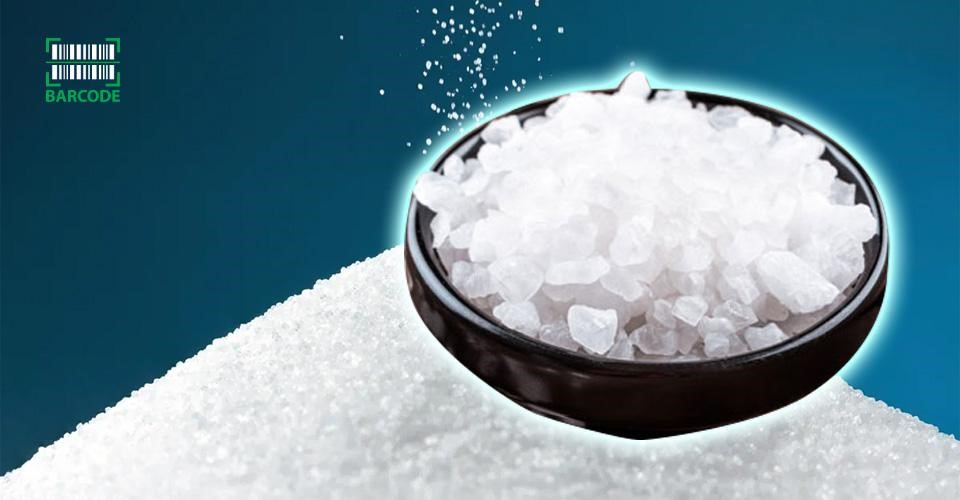
Iodized salt contains iodine
In ¼ teaspoon of iodized salt, there is roughly 71 mcg of iodine, which is 47% of the daily required intake. However, salt includes sodium as well.
Iodine consumption has declined in the United States during the previous few decades. This is most likely due to major health organizations' push to limit daily sodium intake in order to prevent or cure high blood pressure.
Yet, salt appears to raise blood pressure only in salt-sensitive people, which account for around 25% of the population.
In general, iodized salt still remains a particularly useful source of iodine for individuals who eat a plant-based diet, as plant sources are often low in iodine.
One iodine containing products that you can easily find in the market is Tata Salt.
Tuna
Iodine levels are lower in fattier fish. With that in mind, tuna has less iodine than leaner fish species such as cod since it is a fattier fish.
Nevertheless, at 17 mcg per 3 oz. serving, it is still a good source of the mineral.
Also, tuna is an easily accessible and reasonably priced source of iodine that people can find easier to incorporate into their diet than other seafood.
Eggs
Iodine is also abundant in eggs, making it one of the best iodine sources.
One entire egg contains less than 100 calories and provides a lean supply of protein, healthy fats, and a variety of minerals and vitamins.
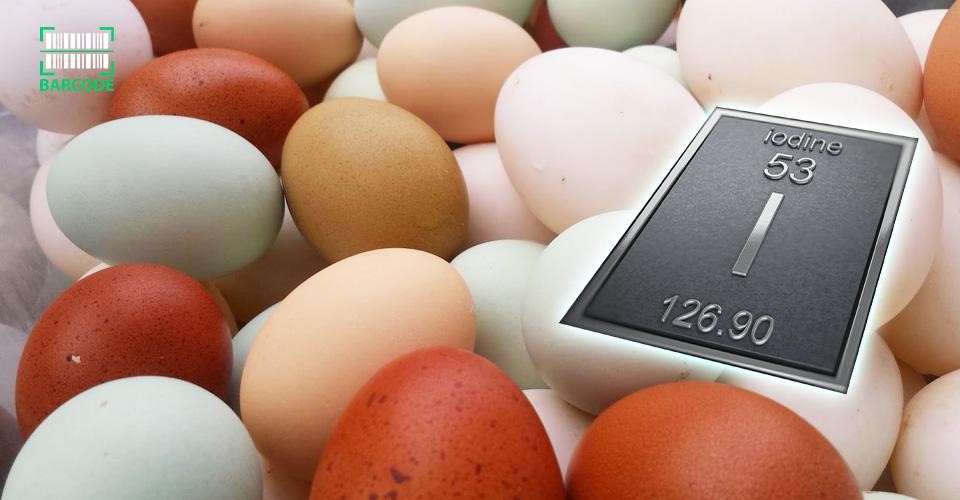
Taking eggs can help prevent iodine deficiency
Still, the yolk contains the majority of these minerals, including iodine. Because iodine is given to poultry feed, egg yolks are a good source of it.
However, as the amount of iodine in chicken feed varies, so does the amount discovered in eggs.
One large egg provides approximately 24 mcg of iodine or 16% of the recommended requirement.
Crab
Although crab has less iodine than other shellfish, a 100-g plate includes 26-50 mcg.
Crab, in addition to being a significant source of protein, contains a variety of other necessary elements. It contains vitamin B12, selenium, and zinc.
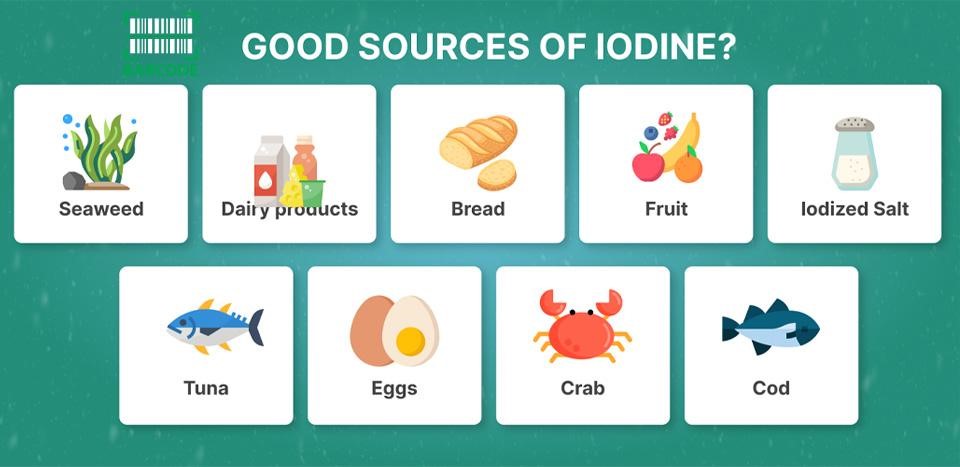
Some best sources of iodine in foods
Several people may question “Should I take an iodine supplement?” In fact, it is also one of the iodine sources to prevent deficiency.
Am I Getting Enough Iodine?
The majority of Americans get adequate iodine from foods and beverages. Certain categories of people, though, are more likely than others to have difficulty receiving enough iodine:
-
Individuals who do not use iodized salt
The most common method of controlling iodine shortage is to add iodine to salt. Iodized salt is currently used in around 88% of households worldwide.
-
Women who are pregnant
Pregnant women require around 50% more iodine than non-pregnant women in order to give adequate iodine for their baby.
According to surveys, numerous expecting mothers in the United States may not get enough iodine, while specialists are unsure whether this affects their newborns.
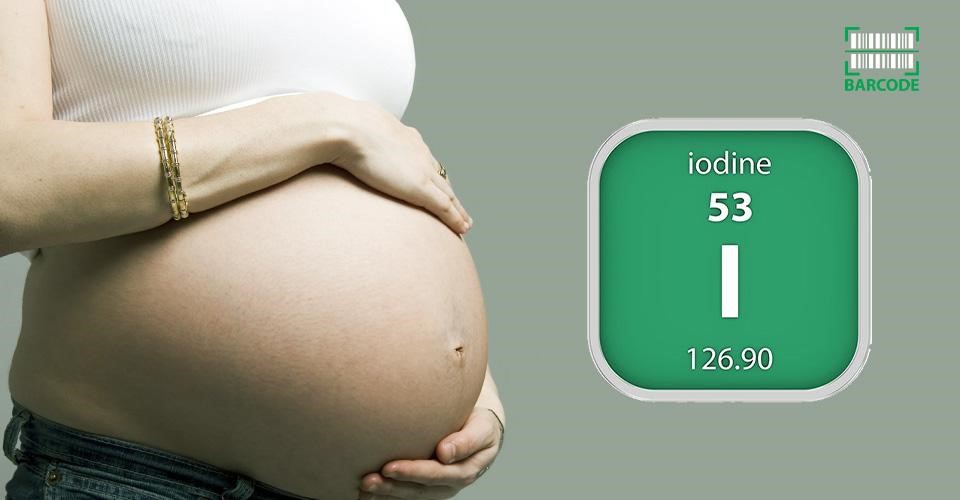
Poor iodine intake by pregnant women
-
People that adopt a vegan diet or eat little or no dairy, shellfish, or eggs
Iodine is abundant in eggs, seafood, milk, and milk products. Those who don't eat these items frequently or at all may not obtain adequate iodine.
-
Individuals who eat largely local foods and live in areas with iodine-deficient soils
These soils yield crops with low iodine content.
Mountainous places, such as the Himalayas and the Alps, as well as river basins in South and Southeast Asia, have the least iodine-rich soil.
-
People who obtain only a trace of iodine and eat foods high in goitrogens
Goitrogens are chemicals that disrupt the body's utilization of iodine. They can be found in some plant foods, such as soy, and cruciferous vegetables like broccoli, cauliflower, cabbage, and brussels sprouts.
Eating moderate amounts of foods containing goitrogens is not an issue for most people in the United States who consume enough iodine.
What Happens If I Don’t Get Enough Iodine?
Although iodine deficiency is unusual in the United States and Canada, one-third of the population is in danger.
Individuals who do not have enough iodine cannot produce adequate thyroid hormone. This can lead to a slew of issues.
Severe iodine shortage in pregnant women may permanently harm the fetus by triggering stunted growth, intellectual incapacity, and delayed sexual development.
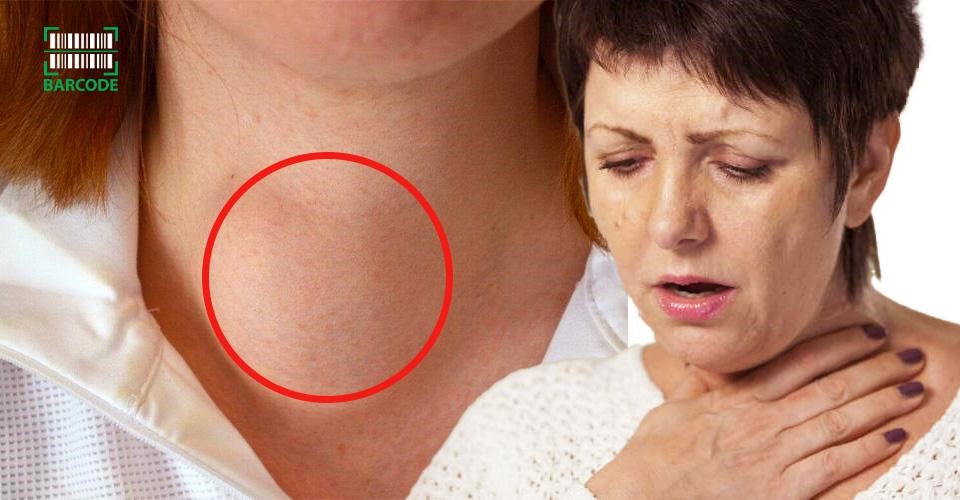
The danger of iodine deficiency
In addition, less severe iodine deficiency can result in lower-than-average IQ in newborns and children, as well as a decreased capacity to work and think properly in adults.
A goiter, or enlargement of the thyroid gland, is frequently the first obvious sign of iodine deficiency.
In case a person consumes an excessive amount of iodine, thyroid gland inflammation, and thyroid cancer can occur.
Besides, a high iodine intake can cause burning sensations in the mouth, throat, and stomach.
It can also induce stomach pain, fever, nausea, diarrhea, vomiting, a weak pulse, and, in the most severe cases, a coma.
Symptoms of iodine shortage and related thyroid problems include swelling of the thyroid glands in the neck, thinning hair, dry skin, slowing heart rate, feeling colder than usual, and so on.
In contrast, iodine deficiency symptoms in infants include frequent choking, bloated cheeks, weak muscular tone, and napping more frequently.
The amount of iodine in breast milk varies based on the mother's diet and iodine consumption; nonetheless, breast milk does contain iodine.
Final Words
Iodine is a vital mineral, yet it is scarce in food. Thus, many people worldwide are in danger of acquiring deficiencies. Iodine-rich foods include seaweed, dairy, eggs, dairy products, and others. Furthermore, most table salt has been iodized, making it simple to incorporate iodine into your diet.
The best sources of iodine in foods featured in this article are not only high in iodine but also incredibly healthy and easy to incorporate into your daily routine.
Sources:
https://www.hsph.harvard.edu/nutritionsource/iodine/
https://ods.od.nih.gov/factsheets/Iodine-HealthProfessional/#h3
https://pubmed.ncbi.nlm.nih.gov/18053287/
https://www.ncbi.nlm.nih.gov/pubmed/15588380
https://ods.od.nih.gov/factsheets/Iodine-HealthProfessional/#h3
https://www.dietitians.ca/Your-Health/Nutrition-A-Z/Minerals/Food-Sources-of-Iodine.aspx
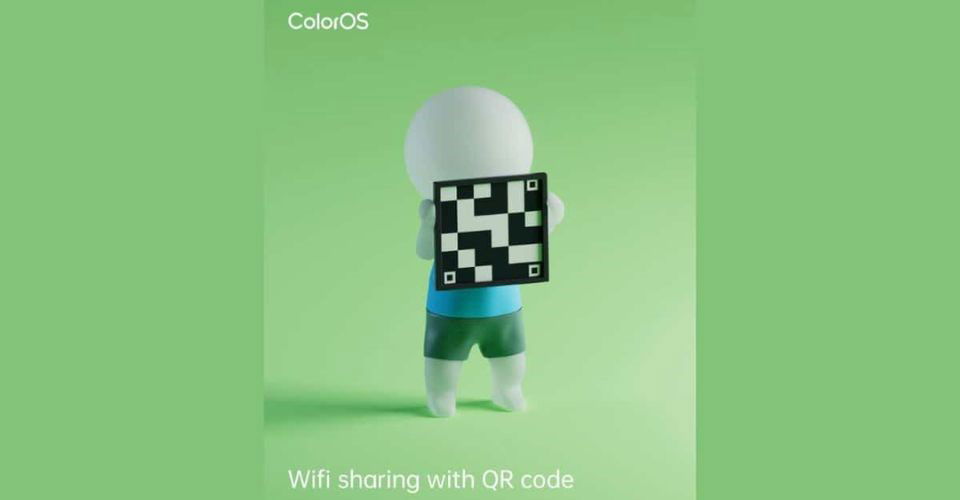

.jpg)
6 Comments
Jennifer Miller
I rarely use table salt and so I'm wondering if there's enough iodine in cooking salts from the majority of food sodium count or if I should cut back on sodium from pre packaged foods and use more table salt with my food
Leave a Comment
Your email address will not be published. Required fields are marked *Jose Thompson
Unless you're experiencing symptoms of iodine deficiency you don't need to change anything. If you are, consult with a medical professional to confirm the iodine deficiency diagnosis and discuss this with them.
Leave a Comment
Your email address will not be published. Required fields are marked *Jennifer Miller
Ok, thank you! I looked up 'iodine deficiency' and I don't really think I have that, but, it also showed the other natural sources of iodine which include fish like tuna which I eat atleast once or twice a month as well as dairy which I definitely eat a lot of which explains why I don't have an iodine deficiency despite never using table salt
Leave a Comment
Your email address will not be published. Required fields are marked *Aadil Grover
Iodine isn't naturally in salt; it's added, to table salt that's sold to individual consumers.
Leave a Comment
Your email address will not be published. Required fields are marked *Melissa Moore
Are the best foods to eat for getting enough of the mineral iodine in your diet, seaweeds? Soil is a bad source of iodine and that is why they put it in salt, but oceans have a lot.
Leave a Comment
Your email address will not be published. Required fields are marked *Barcodelive
The soil is a bad source of iodine but there is plenty of iodine in the oceans. So people should eat more seaweed. Japan, the place where sushi comes from, has people who eat more seaweed than anyone else. They are also the longest living people. Medical doctors have many on no salt diets
Leave a Comment
Your email address will not be published. Required fields are marked *Leave a Comment
Your email address will not be published. Required fields are marked *